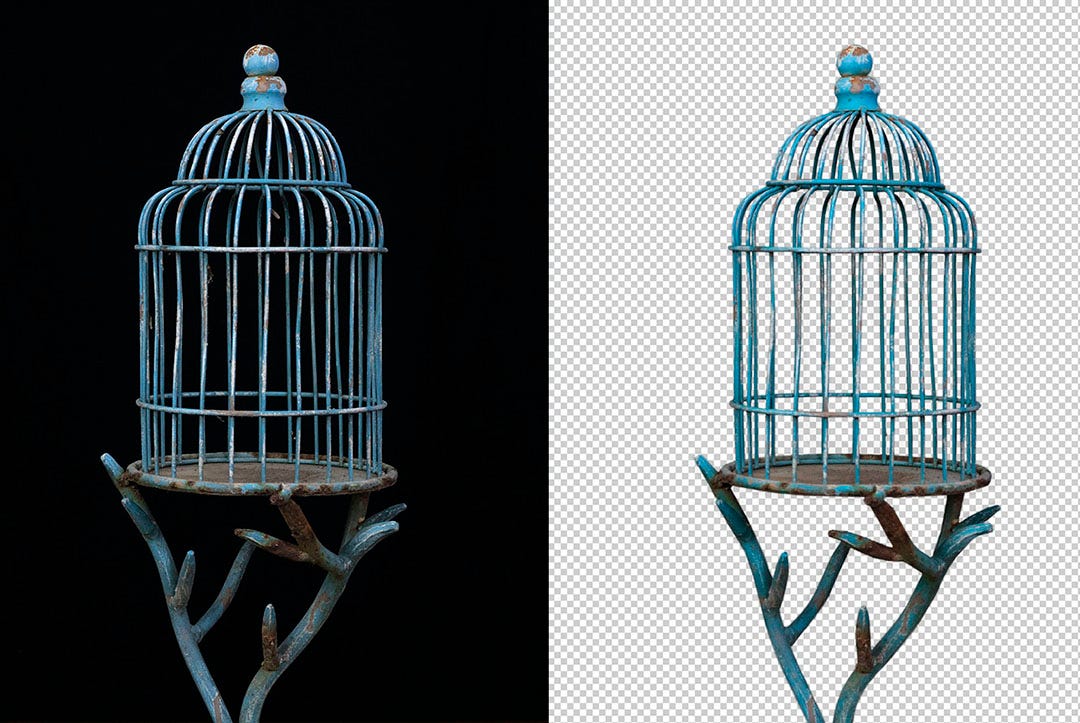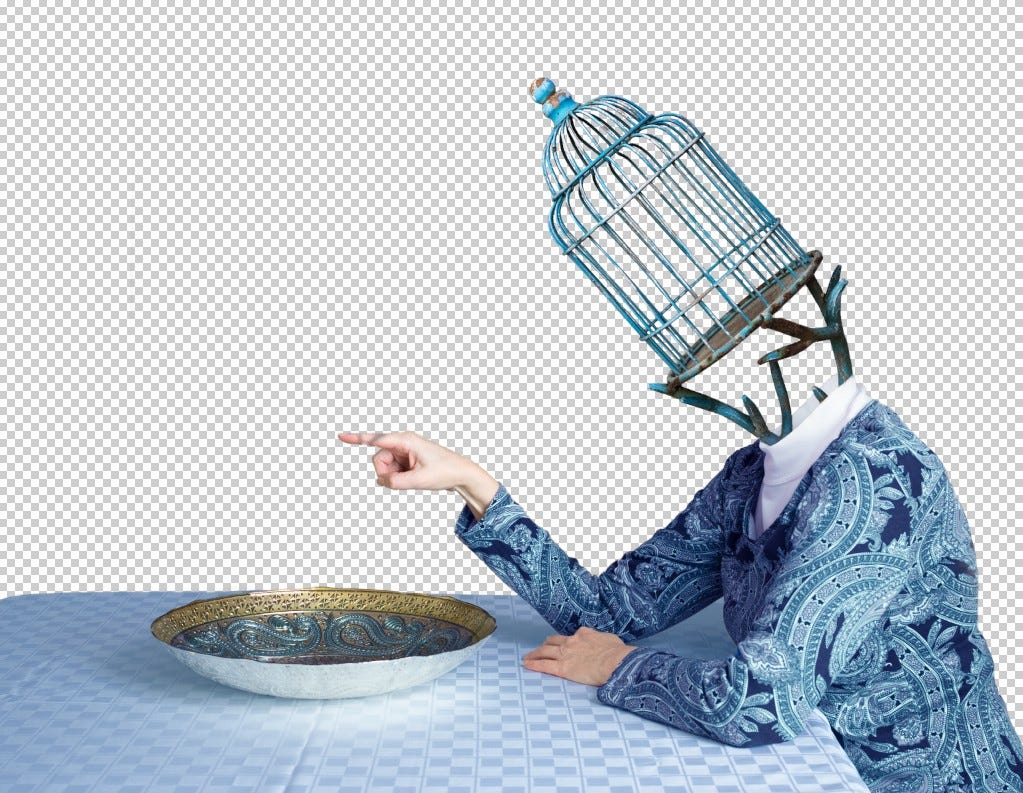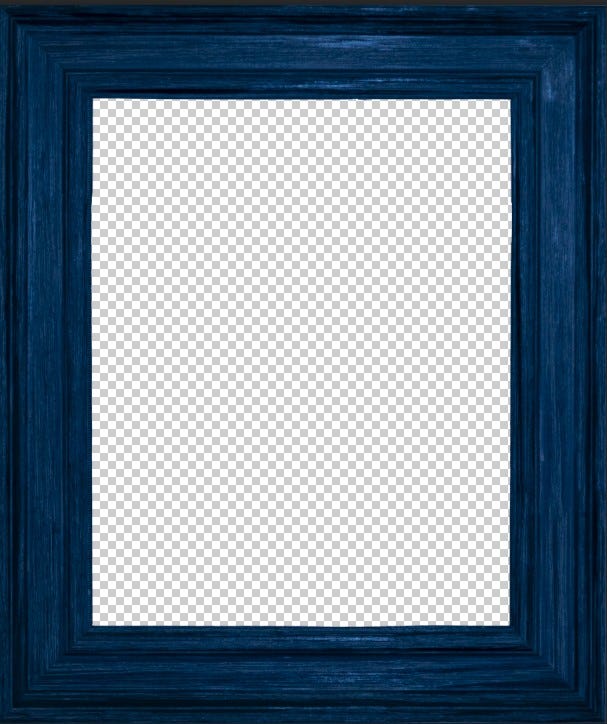Above is one of my most popular images that I created way back in 2021 when I was just learning how.
Below is the original photograph that I started with.
I took 27 similar photos that day, trying different gestures with my left hand, then my right hand, trying to figure out where I was going to go with this idea of replacing my head with a birdcage. Would there be a bird flying in the room, inside the cage, how about perched on my finger? OK, I’ll try that.
Three days before, I took eleven pictures of a birdcage from my husband’s collection of garden ornaments. I took them in front of a black backdrop so that I could more easily get rid of the background.
Getting rid of the black background was the most time-consuming step. 2021 was before Photoshop had good object selecting and masking tools. The software took out the black outside the cage pretty well, but I had to use the paintbrush tool to refine all the edges of the birdcage, as well as the edge of every wire, front and back, inside and out, top to bottom. If a shaky hand took out a bit of wire, I had to switch functions to put it back.
I did the same kind of masking to the original photograph so that the back wall and artwork were gone. I also removed my head. Who needs that?
Those black marks on my finger are the result of my newbie mistake of painting shadows for the bird directly on the original layer instead of inserting a layer just for painting shadows. Did you notice the table is now blue and so is my shirt? Since my shirt was brown, I inverted the color to the opposite color which is blue. For the table, I simply changed the hue to blue. The decoration inside the bowl was tweaked from green to blue as well.
I dragged the birdcage with the transparent background into the photo, putting it behind the layer with my body so that it looked like it was coming out of my collar. I had to resize it and spin it sideways, tipping to the left.
I also had to create an additional bit of back collar on my white shirt behind the birdcage stand.
The wallpaper was created by taking a small square sample of wallpaper from an online site and pasting it in rows across and down until it filled a canvas. I had to be careful to make sure the design fit exactly from one square to the next.
I dragged the wallpaper canvas into my photo as the very back layer behind everything.
The goldfinch on my finger was from a backyard photo I took in September 2013. I chose a yellow bird for this portrait to stand out from all the blue. I masked out the background, its legs, and the prickly top of the dead purple cone flower, before dragging it into the photo and perching it on my finger.
The two framed photos were created by taking a photo of a blue-framed artwork above my desk, masking the frame, and making the center transparent.
I dragged two copies of the frame onto the wallpaper and then slipped two character portraits between the frames and the wallpaper. They are supposed to be the parents of the birdcage-headed woman. They raised her, as did society, teaching her all the right ways to stay in the safe “blue” zone of proper society. I took these portraits of my husband looking like Edward Gorey and me looking like a church lady in 2020.
Finally, I slipped in a transparent layer or two on which to paint in all the shadows. These anchor the objects to their surroundings and lend an air of reality to the scene.
All the smudges you see above are the shadows I painted. Again, this was back in 2021 when I was just learning how to do this. Putting all the shadows on the same layer means I can’t correct the shadows individually. If I raise or lower the opacity to make a shadow lighter or darker, they all change. These days I create a shadow layer for each object to give me full freedom to change them as I need to.
The final portrait you see at the beginning of this article contains 12 layers: wallpaper, shadows, each parent (2), each frame (2), a brightening layer on each parent (2), the back of the collar, the birdcage, the table and me, and the bird. This is very few layers compared to the work I do now.
For example, the 2024 Sedimentary Insanity portrait (below), originally called Surreal Dreamscape seven months ago, contains 190 layers!















Love how you present your process.
Inspiring as we go.
Thanks for sharing your process! It's really informative.